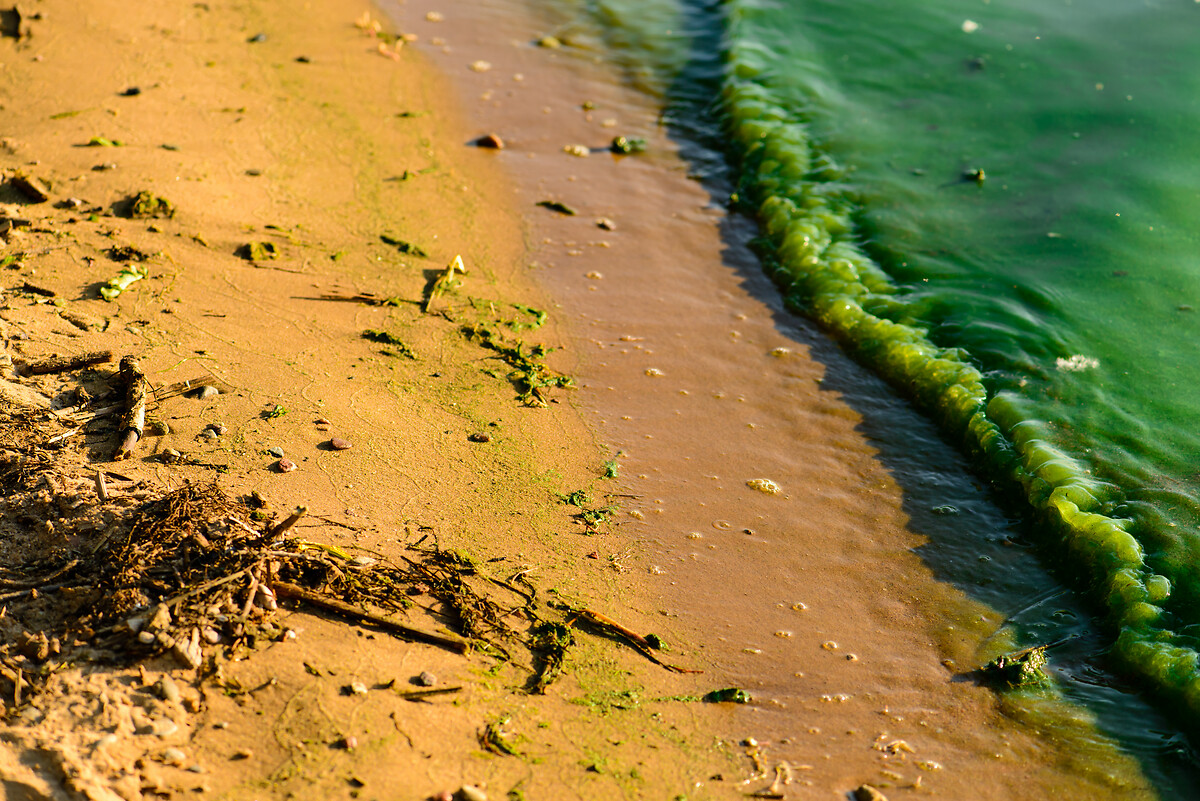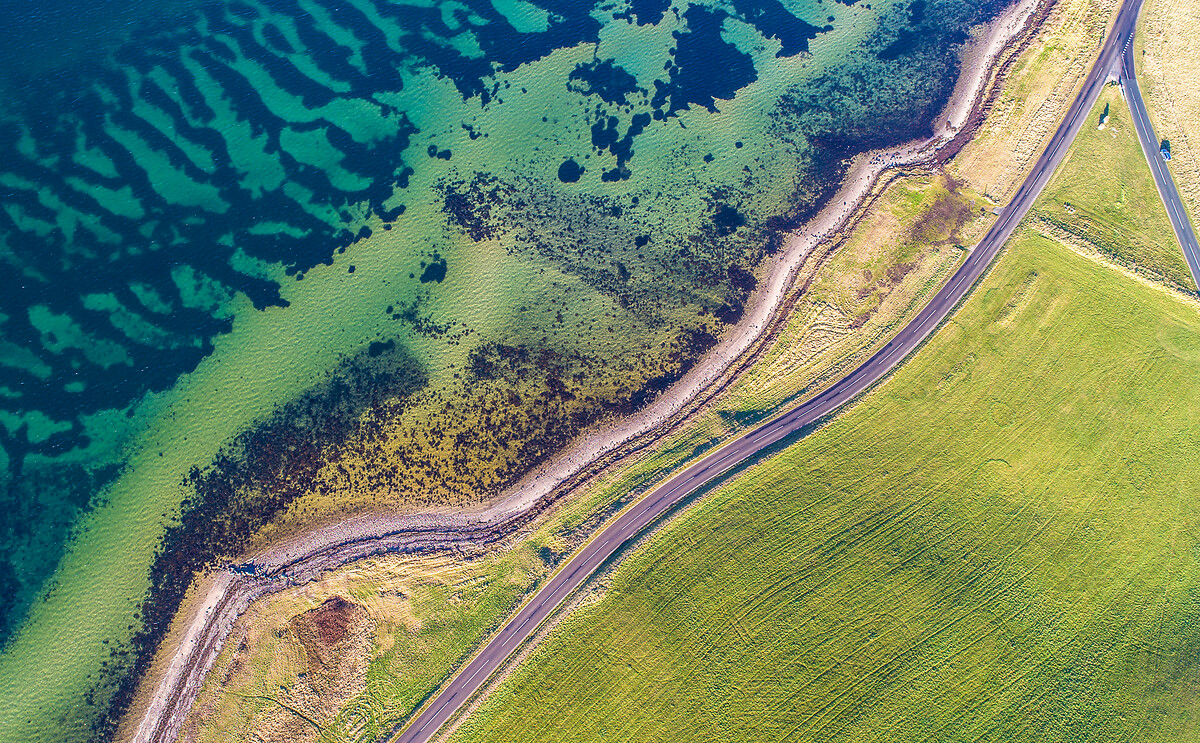> Tags: Eutrophication, Nitrogen, Regulation, Water quality
> Theme: Pollution
> Region: European Union
> Last updated: 04 June 2020
Download PDFPolicy in practice
Regulatory policy instruments to reduce diffuse pollution from agriculture typically restrict the use of polluting inputs such as fertilisers, manure and pesticides, and require farm management practices that reduce pollutants reaching water bodies. This is for two reasons: i) there is good evidence to show that “good” or “best” management practices can reduce the losses of diffuse contaminants, and ii) up until recently, there was limited ability to adequately calculate farm scale losses of diffuse source contaminants with computer models.
This example presents regulations to reduce diffuse nitrogen pollution from agriculture through mandatory best management practices. The EU Nitrates Directive (1991) aims to protect water quality across Europe by preventing nitrates from agricultural sources polluting ground and surface waters and by promoting the use of good farming practices. The Nitrates Directive complements the Water Framework Directive and is one of the key instruments in the protection of waters against agricultural pressures. The first step in implementation of the Directive is the identification of waters that are polluted or could become polluted if no action is taken. These are considered as waters where the concentration of nitrates is above 50 mg/L or that could contain (if no action is taken to reverse the trend) more than 50 mg/L of nitrates and waters that are eutrophic or could become eutrophic if no action is taken. Eutrophication caused by phosphorus as well as nitrates must be considered when designating nitrate vulnerable zones (NVZs). Member states can also choose to apply measures to their whole territory rather than designating specific zones. Farmers within NVZs must comply with specific measures such as:
Limiting when nitrogen fertilisers can be applied on land in order to target application to periods when crops require nitrogen and prevent nutrient losses to waters;
Limiting the conditions for fertiliser application (on steeply sloping ground, frozen or snow covered ground, near water courses, etc.) to prevent nitrate losses from leaching and run-off;
Requirements for a minimum storage capacity for livestock manure;
Crop rotations, soil winter cover, and catch crops to prevent nitrate leaching and runoff during wet seasons; and
Limits on the total amount of livestock manure that may be applied to land.
Every four years member states are required to report on: i) nitrates concentrations in groundwaters and surface waters; ii) eutrophication of surface waters; iii) assessment of the impact of action programme(s) on water quality and agricultural practices; iv) revision of NVZs and action programme(s); and v) an estimation of future trends in water quality.
Key policy message
Regulatory policy instruments that restrict the use of polluting inputs can help to reduce diffuse sources of pollution.



